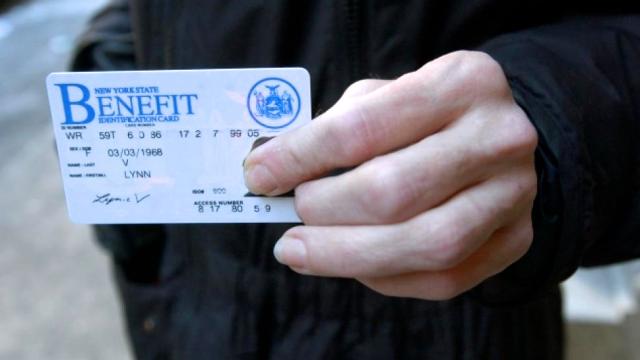
The U.S. Department of Agriculture (USDA) will provide more than $27 million to states and tribal nations to reduce child hunger, Agriculture Secretary Tom Vilsack announced on Monday.
Nevada, Kentucky, Virginia and two tribal nations will receive funding, with money going to programs like the Virginia Hunger-Free Kids Act Demonstration Project — a state initiative that will provide children in areas of high food insecurity with three school meals a day and additional food for non-school days.
The USDA was able to issue these grants because of the Healthy Hunger-Free Kids Act (HHFKA), a 2010 piece of legislation championed by first lady Michelle Obama.
But the bill carved billions of dollars out of the federal government’s biggest anti-hunger program, the Supplemental Nutrition Assistance Program (SNAP), better known as food stamps.
New York City Coalition Against Hunger executive director Joel Berg praised the child nutrition initiatives created by the HHFKA, including the $27 million in grants announced on Monday. But those programs are “obviously not a substitute for the massive cuts” to SNAP, said Berg, a USDA official during Bill Clinton’s administration.
“It’s the old magician’s trick of misdirection,” he said. “Look at the shiny coin while we’re picking your pocket.”
In order to fund the programs in the HHFKA, the bill’s authors took $2.2 billion from SNAP’s coffers. Many House Democrats expressed reluctance about legislation that would slash food stamp benefits, but the bill passed after Michelle Obama lobbied Congress and the White House assured reticent Democrats that funding would be restored in the future.
The lost billions were never returned. Instead, the HHFKA triggered what activists described as the hunger cliff — an across-the-board cut to SNAP benefits totaling $5 billion over just one year. The cut took effect on Nov. 1, 2013, trimming the monthly benefits for every food stamp recipient in the country.
Those cuts came out of the additional funds that had been added to SNAP in the immediate aftermath of the 2008 financial crisis. While those funds were always intended to be a temporary measure, Congress originally provided for them to be phased out more gradually. Besides, the emergency those funds were meant to address never actually ended: When the United States tumbled over the hunger cliff, 14.3 percent of U.S. households were food insecure, according to the USDA, barely down from the 14.6 percent that faced food insecurity in 2008.
It is not yet known how the $5 billion cut has affected food insecurity levels. Yet more cuts are scheduled for this year and next. That’s in addition to the loss in benefits that millions of SNAP recipients experienced because of cuts in last year’s Farm Bill and state changes to eligibility rules.
And members of Congress might be about to propose even further cuts. Last week a subcommittee of the Republican-controlled House Agriculture Committee began a review of “the characteristics and dynamics” of the program. But Berg said he is “increasingly confident we’ll see Democrats unify and oppose any further cuts.”
“People are seeing the devastating impact of the two previous rounds of SNAP cuts,” he said.
In response to a question about the HHFKA, Rep. Jim McGovern, D-Mass., a leading critic in the House of food stamp cuts, said he hoped that the grant-funded pilot programs would duplicated across the country.
“This $27 million initiative is designed to encourage and test innovative strategies that will not just fill children’s bellies but fill them with healthy food,” he said in a statement provided to Al Jazeera. “It is my sincere hope that successful strategies can be replicated in communities across the nation to help end childhood hunger for good.”
3 WAYS TO SHOW YOUR SUPPORT
- Log in to post comments











